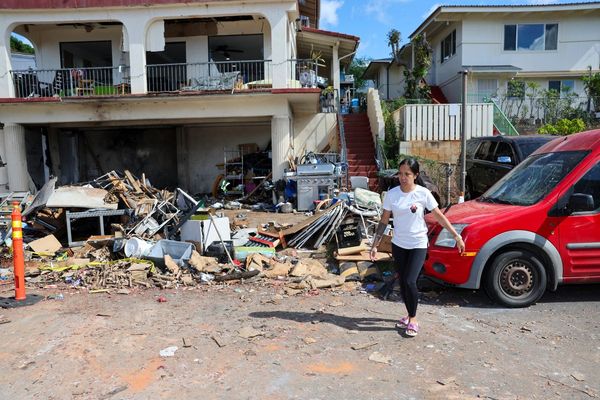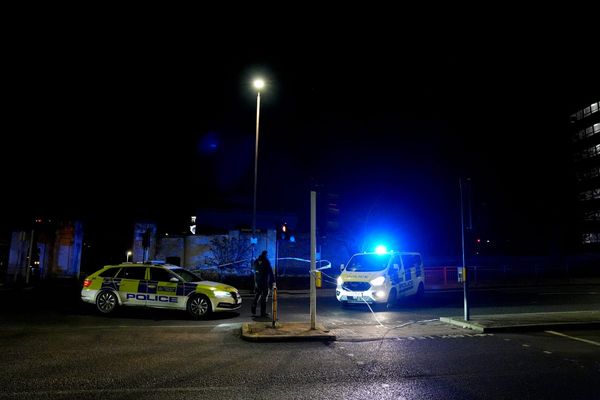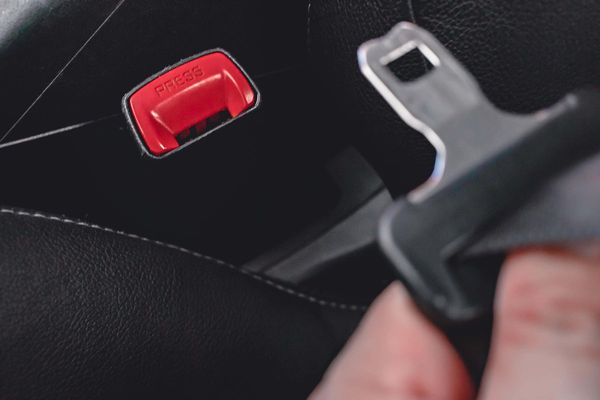The idea of self-driving vehicles that carry people to and from wherever they want to go has been a hot one in Silicon Valley for a long time.
The dream has been to eliminate the need for drivers by using a combination of cameras, sensors and computing power to run cars on city streets. That could provide all kinds of benefits from convenience, to freeing up time otherwise spent driving, to improved driving and passenger safety.
The battle to develop the technology and make it practical has drawn players from General Motors (GM) and Honda to Elon Musk's Tesla (TSLA), to Alphabet (GOOGL). Back when Alphabet was still called Google, it launched its Waymo self-driving car project in 2009. The program was spun out as an independent company in 2016.
Musk first promised in 2016 that full autonomous driving would be available by 2018. Although the electric car maker has made hands-off-the-wheel freeway driving available, it has yet to achieve the dream of getting a car to drive itself on city streets.
Anybody who’s driven in San Francisco’s financial district in recent years has become aware of several different companies that have equipped their vehicles with extra cameras and sensors and set them loose to climb hills and dodge cable cars.
Until now, however, none of the companies has been allowed to charge passengers while letting their cars roam free -- without a safety driver for backup in case anything goes wrong.
Now that’s about to change.
GM Jumps Ahead
California regulators approved a plan on June 2 to allow Cruise, an autonomous vehicle startup backed by GM (GM), Honda and Walmart (WMT), to begin offering paid rides to the public, without a driver present in the vehicle.
Because it's California, it’s important to note there are a lot of restrictions.
The rides are limited to “select streets in San Francisco,” the California Public Utilities Commission wrote in a press release announcing the move.
The cars involved can only drive at a maximum speed of 30 mph.
In addition, they can only operate from the hours of 10 p.m. to 6 a.m. and only when there’s no “heavy rain, heavy fog, heavy smoke, hail, sleet, or snow.”
Snow, sleet and hail are probably not a big problem in San Francisco. Heavy rain would be welcome just about anywhere in drought stricken California. But fog is a common occurrence in San Francisco, especially in the summer. And major wildfires that generate huge amounts of smoke that settles over the entire bay area have become a nearly annual event.
Threshold
Still, “Cruise will be the first and only company to operate a commercial, driverless ridehail service in a major U.S. city,” wrote Gil West, chief operating officer of Cruise in blog post.
“Crossing the threshold into commercial operations isn’t just big news for Cruise alone,” West added. “It is a major milestone for the shared mission of the AV industry to improve life in our cities. And it’s a giant leap for our mission here at Cruise to save lives, help save the planet, and save people time and money.”
Cruise's first generation of autonomous vehicles are modified versions of GM's all electric Chevy Bolt. The company is working on a new vehicle that won't have a front driver's seat at all, and will instead let passengers sit facing each other.







